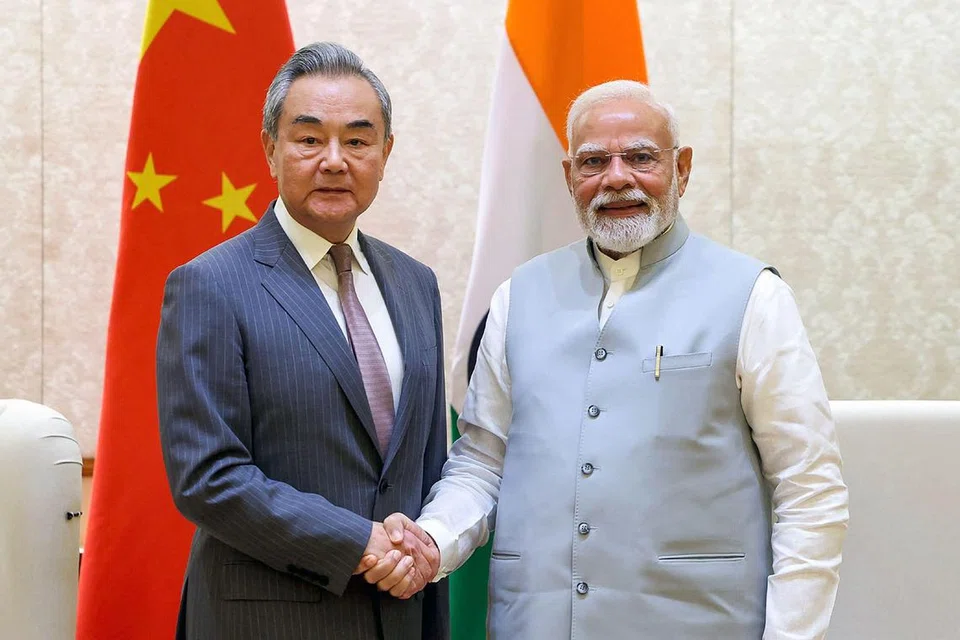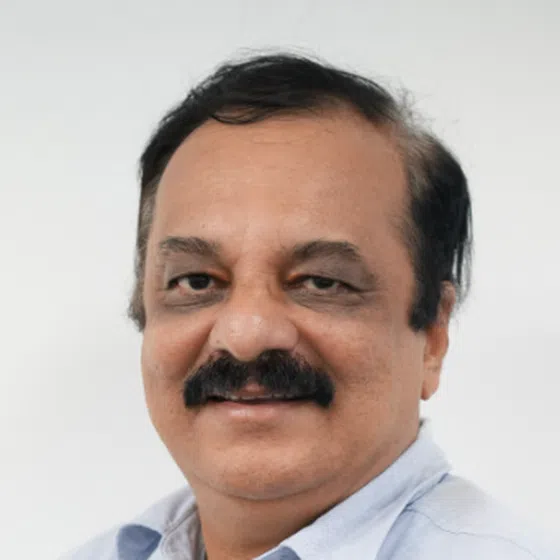As India’s relationship with the United States faces strain from President Donald Trump’s escalating tariff threats, New Delhi is quietly recalibrating its diplomatic posture – turning cautiously toward Beijing to shore up strategic balance.
Chinese Foreign Minister Wang Yi’s three-day visit to India, which concluded on Aug 19, is being seen as the most significant thaw in relations since their 2020 border clash.
Mr Wang met Indian External Affairs Minister S. Jaishankar on Aug 18 and National Security Adviser Ajit Doval a day later to push forward stalled negotiations on their disputed Himalayan border, while also proposing wider economic cooperation.
“India and China should view each other as partners rather than rivals,” Mr Wang said in opening remarks, describing ties as being on a more “positive trend”.
Mr Jaishankar said the talks covered trade, people-to-people links, and global challenges – signalling a shift away from the single-issue lens of border tensions.
Senior Indian officials said Mr Wang offered assurances that Beijing would address India’s concerns over Chinese restrictions on exports of fertilisers, rare-earth magnets and tunnel-boring machinery – curbs that have severely impacted India’s electronics, automotive and infrastructure sectors.
This meeting comes just as US-India ties are wobbling under unprecedented tariff moves by Washington.
Mr Trump has imposed an additional 25 per cent duty on Indian goods over New Delhi’s continued purchase of Russian oil – taking total levies to 50 per cent, the highest faced by any Asian economy.
His claim of having personally brokered an India-Pakistan ceasefire earlier in May has also irked New Delhi, which flatly denied the claim.
With Washington’s reliability in doubt, analysts say India is hedging – reviving ties with China, its second-largest trading partner.
This new pragmatism could see Prime Minister Narendra Modi travel to China for the Shanghai Cooperation Organisation summit starting on Aug 31 – his first visit there in seven years.
A statement from Mr Modi’s office, following a courtesy call by Mr Wang, welcomed the “steady progress in ties” since Mr Modi met President Xi Jinping last year at the BRICS summit in Russia.
Mr Doval acknowledged that, while the border dispute still required resolution, there has been “new energy” and peace all along the frontier – enabling broader engagement.
Under the recent thaw, India and China agreed to restart direct flights that have remained suspended since the pandemic, facilitate journalist visas. and reopen border trade via key mountain passes. Both sides will form a new working group to discuss delineation, with talks continuing in China in 2026.
However, large structural tensions remain. China quietly raised the issue of Taiwan in talks in Delhi, to which India reiterated its long-standing position of maintaining only informal ties on economic and cultural fronts.
India also brought up China’s planned mega-hydropower dam on the Yarlung Tsangpo (Brahmaputra) river amid fears of impacts downstream.
While trust is fragile, both appear motivated: China seeks to offset a potential American tariff assault and reduce reliance on US markets, just as India seeks alternative trade avenues as Mr Trump’s tariffs bite.


